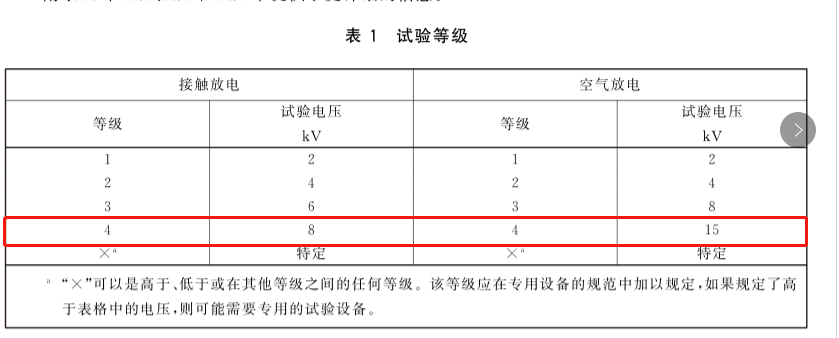Other Parts Discussed in Thread: ISO1410
Hi TI Expert,
Please help to guide the following consultation on ESD protection:
1. According to the datasheet, the ELECTROSTATIC voltage of HBM is ± 16kV, which refers to Between Bus Pins and GND2.
Why is it so defined? The antistatic generally refers to PE(protecting earthing). Is it necessary to add protection to PE?
2. Contact 8kV and air discharge 15kV are our test requirements for communication ports. Is it necessary to add protective circuit outside? If so, how should it be added?Please guide me. Thank you.
Cyan




